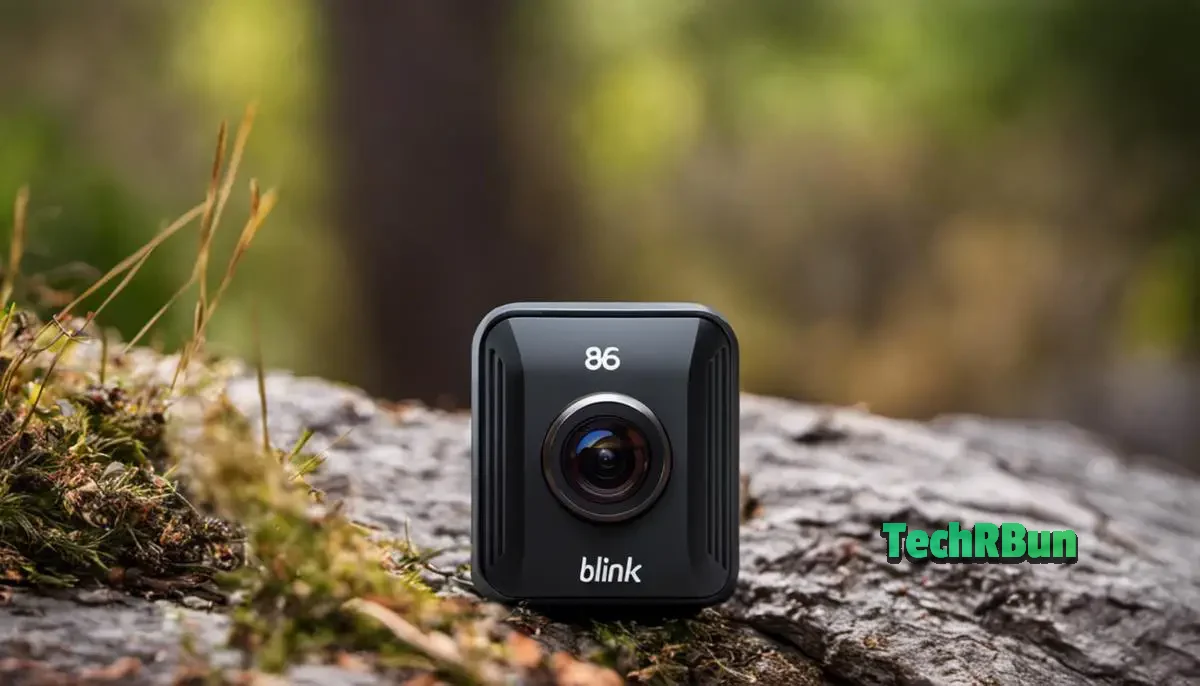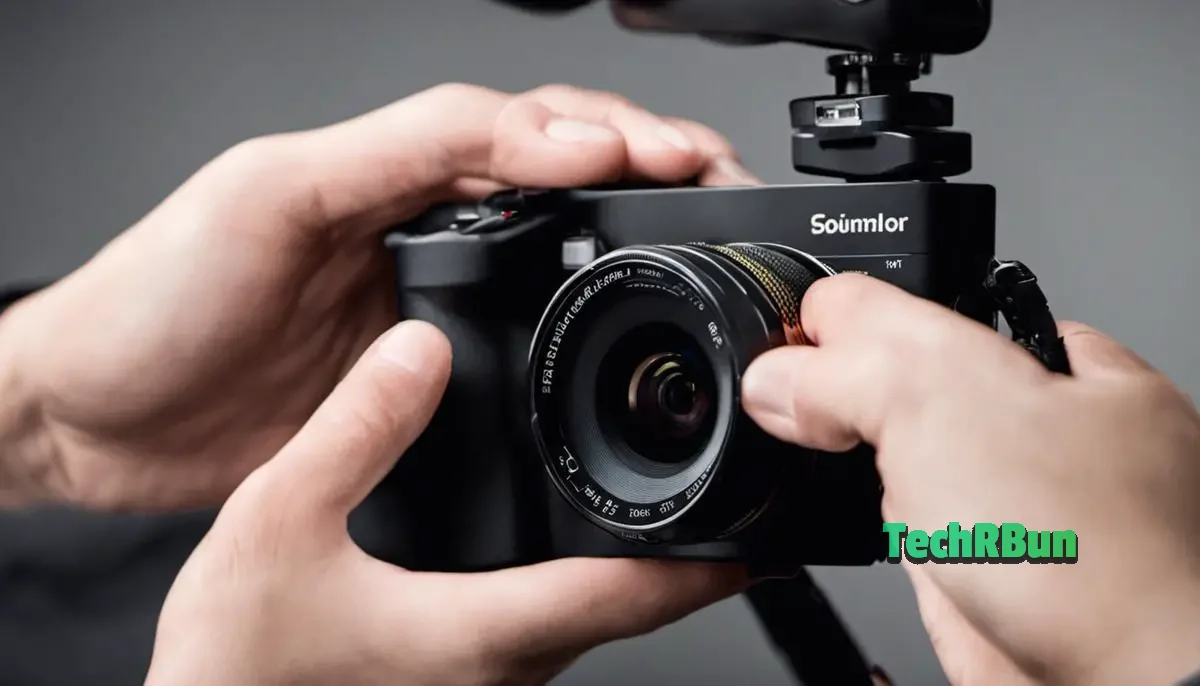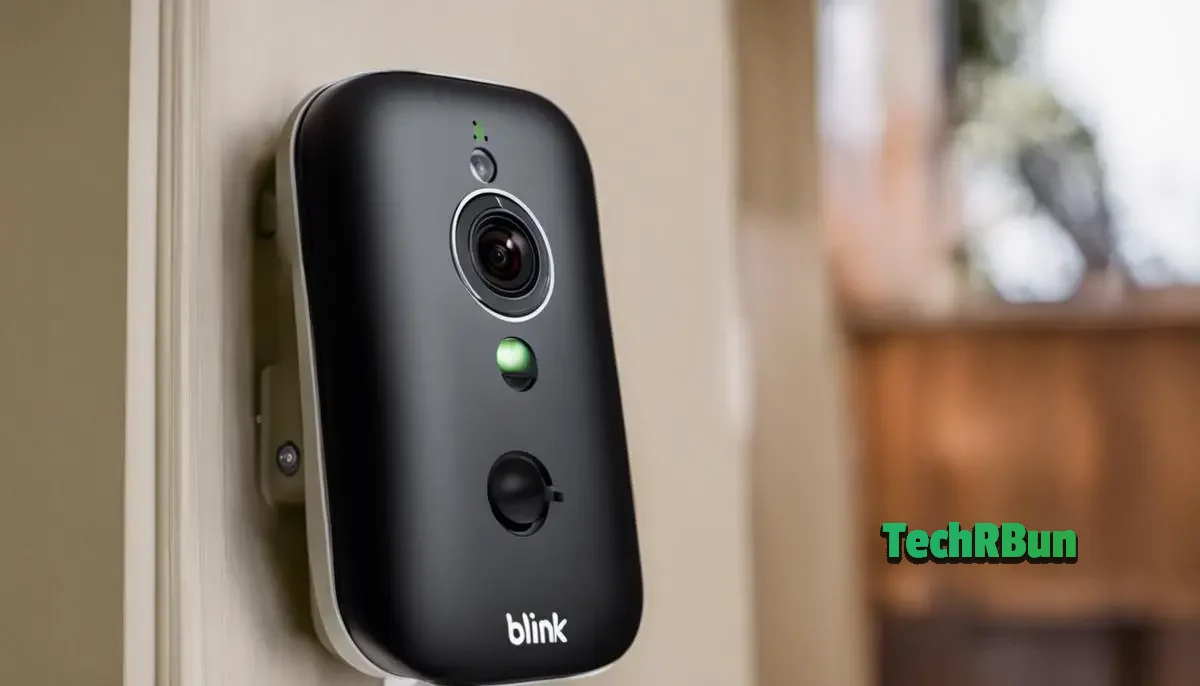As technology continues to advance and become integral to our daily lives, devices like Blink Cameras have emerged as a crucial component in maintaining safety and security at homes and workplaces.
Designed to provide top-notch video surveillance, these wireless cameras, however, come with a challenge — the quick battery drain issue.
To navigate this daunting aspect, it’s essential to become well-versed with the multitude of Blink Camera settings, understand their impact on battery consumption, and apply effective battery saving measures.
In addition, learning about high-quality battery options available in the market and practicing regular maintenance and monitoring will further aid in extending the battery life of this invaluable security device.
Table of Contents
Understanding Blink Camera Settings
Blink Camera Settings and Their Impact on Battery Life
The battery performance of your Blink camera can be substantially influenced by its settings. Understanding these can help you optimize your camera’s settings and prolong battery life.
Live View
Live-view is a function on a Blink camera that enables real-time video to be streamed directly to your device.
While handy, this feature substantially reduces battery life. Therefore, you should use it prudently.
For example, always ensure you close the live-view option once you finish using it. Leaving it running unnecessarily can cause a rapid battery drain.
Motion Detection & Recording Lengths
Setting the camera to detect motion and record whenever it does can also drain the battery faster.
If your camera is consistently recording motion in a high-traffic area, it can result in a quick battery drain.
If feasible, adjust the camera’s motion sensitivity to a lower setting or set the camera to record for shorter lengths of time.
This could save a significant amount of battery life over time.
Infrared Night Vision
Infrared night vision is another useful feature, providing visibility even in complete darkness.
Nevertheless, it uses a lot of power and can drain the battery rapidly.
Reduce the use of infrared night vision where possible, by perhaps turning it off during the day and when the camera is installed in a well-lit area.
Wi-Fi Signal Strength
The strength of your Wi-Fi signal can also impact your Blink camera’s battery life.
Cameras require more power to maintain connection and transfer data in areas with weaker Wi-Fi signals.
Thus, try to place your camera in areas with strong Wi-Fi signal strength.
Recommended Batteries for Longer Durability
For the best results, you should use Lithium-based, non-rechargeable AA batteries in your Blink camera. Brands like Energizer lithium are recommended as they have shown to provide longer battery life.
Remember, rechargeable or generic batteries may result in lower performance and could even potentially damage your device.
By giving your camera settings a thorough review and following these tips, you should be able to extend the battery life of your Blink camera.
Additionally, consider investing in a set of reputable, high-quality Lithium AA batteries to further improve your camera’s power endurance.

Implementing Battery Saving Measures
Understanding Blink Camera Battery Drain Issues
Blink cameras rely on batteries to function. However, if your camera’s batteries are draining quickly, it may be due to certain camera settings, lack of efficient WiFi connection or the use of low-quality batteries.
This guide will help provide solutions for reducing the battery drain of Blink Cameras.
Choosing the Right Batteries for Your Blink Camera
Firstly, always opt for high-quality, long lasting batteries for your Blink Camera.
The manufacturer recommends Lithium AA batteries because they offer powerful, consistent performance that can last up to two years under normal use.
Adjusting Camera Settings to Save Power
The camera settings can be fine-tuned to optimize battery usage. For instance, decreasing the usage time of the camera on step-by-step basis can improve battery life.
Reduce the infrared intensity if the camera is used indoors or in places with ample illumination. You can also cut down on power consumption by minimizing motion sensitivity and reducing motion detection frequency.
Lowering the recording duration on each detection helps too.
Limiting Live Viewing
Live view is a significant battery drainer. While it’s one of the handy features of Blink cameras, it’s sensible to use it judiciously.
The more you access Live View, the faster you will consume your battery power. If you want to keep battery drain at bay, limit your live view usage.
Keeping Wi-Fi Connection Strong
A weak Wi-Fi connection may cause the camera to work harder to maintain the link, thus consuming more battery power.
It’s better to position the camera within a good range of your router to receive a strong Wi-Fi signal which will reduce the strain on the camera’s battery.
Keeping Firmware Updated
Blink often releases firmware updates with performance improvements and new features.
Updating your camera and sync module firmware regularly can enhance the camera’s performance and at times even improve its battery life.
Harnessing Scheduling and Privacy Options
Using scheduling capabilities or privacy modes to keep the camera inactive during certain hours can help in battery saving. By turning off the camera when it’s not needed, one can significantly extend the battery life.
Remember, the aim is to strike a balance between functionality and efficiency in order to extend your Blink camera’s battery life.
Making these minor adjustments can ensure that your camera operates efficiently, while reducing battery drain and extending battery life.
Every Blink model may have a unique approach, but the crux remains the same – wisely managing settings and resources.

Choosing High Quality Batteries
Understanding Battery Types: Alkaline vs. Lithium
Blink cameras require two AA batteries to function and the quality of these batteries plays a big role in the camera’s longevity and performance. There are two primary types of AA batteries compatible with Blink Cameras: Alkaline and Lithium.
Alkaline batteries are the most common and affordable choice. They work well in low-drain devices like remote controls but can falter in high-drain devices like digital cameras which require continuous power. Your Blink camera may work with alkaline batteries, but recharge cycles might be more frequent since alkaline batteries drain faster.
Lithium batteries, on the other hand, contain more energy and can handle high-drain devices better. They last longer than alkaline batteries, which spells less frequent battery changes for Blink camera users. Their major downside is price, as they’re more expensive than their alkaline counterparts.
Recommended Battery Brands For Blink Cameras
Brand reputation often reflects the quality of batteries, and in this case, it’s no different. Tried and tested brands like Energizer, Duracell, and Panasonic are known for their high-quality batteries.
Energizer
Energizer in particular produces Lithium batteries (Energizer Ultimate Lithium) that claim to last up to nine times longer than their alkaline batteries in digital devices, making them a potentially good choice for your Blink cameras.
Price Points
Understanding different price points is also crucial when choosing batteries for your Blink Camera.
Alkaline batteries are cheaper and can cost as low as $0.30 per battery.
Lithium batteries are pricier and can run anywhere from $1.50 to $2.50 per battery. However, considering their longevity and performance, the cost could be justified.
User Reviews
Last, consider user reviews as they provide firsthand experiences about battery performance in real-world scenarios.
They can also highlight other factors like shipping, packaging, and customer service, adding layers to your decision-making.
Reviews can be found on online retailers like Amazon or specialty electronics websites.
Blink Camera’s Fast Battery Drain Issue May Not Only Rely On The Batteries
Ensuring that your camera’s firmware and software are updated, and controlling the use of features that quickly drain the battery, such as live view and motion detection, will also significantly help in conserving your camera’s battery.

Maintenance & Monitoring
Understanding Your Blink Camera Battery Life
Your Blink camera runs on battery power and knowing how to manage its efficiency is crucial in making it last longer.
There are a few things that can cause your Blink camera’s batteries to drain faster than usual.
Frequent motion detections, extensive live views, and cold weather can all potentially accelerate battery drain.
Checking Your Battery Level Via Blink App
With your Blink camera system, it’s easy to keep tabs on your device’s battery life.
Regular checks can help you determine when it’s time to replace the batteries.
To check the battery levels, follow these steps:
- Open your Blink app.
- Tap on the home tab in the bottom left-hand corner of the screen.
- Next, tap on the camera thumbnail.
- The battery icon displayed at the bottom of the camera thumbnail indicates the battery status.
It’s recommended to check the battery status at least once a week, or if you notice a decrease in performance.
Maintaining Your Blink Camera for Longer Battery Life
Optimization is key. Adjusting your Blink camera’s settings can greatly influence battery life.
- Lower the motion sensitivity: High motion sensitivity can result in frequent and unnecessary recordings, which can drain the battery. Adjust this to a level that still captures important events, but doesn’t activate for every minor movement.
- Reduce live view time: Spending longer times viewing your camera’s feed can use more battery. Aim to limit live viewing only to necessary periods.
- Turn off night vision infrared when not needed: While the night vision feature is useful, it requires significant power. Consider switching it off during daylight hours to conserve battery.
Conclusion
By following these steps and recommendations, you can maximize the battery life of your Blink cameras, ensuring you get reliable home security without frequent battery changes.

The beauty of technology is its ability to adapt and evolve, offering us tools that simplify and secure our lives, just like Blink Cameras.
But every tool comes with its quirks and quick battery drain can be a significant concern for many Blink Camera users.
However, arming oneself with the right knowledge about the settings of these cameras, making conscious choices about battery-saving measures, investing in top-quality batteries, as well as undertaking regular maintenance checks can make a world of difference.
Remember, managing the battery life of a Blink Camera isn’t simply about continuously replacing batteries, but about being proactive in understanding the device and making smart, energy-efficient decisions.






